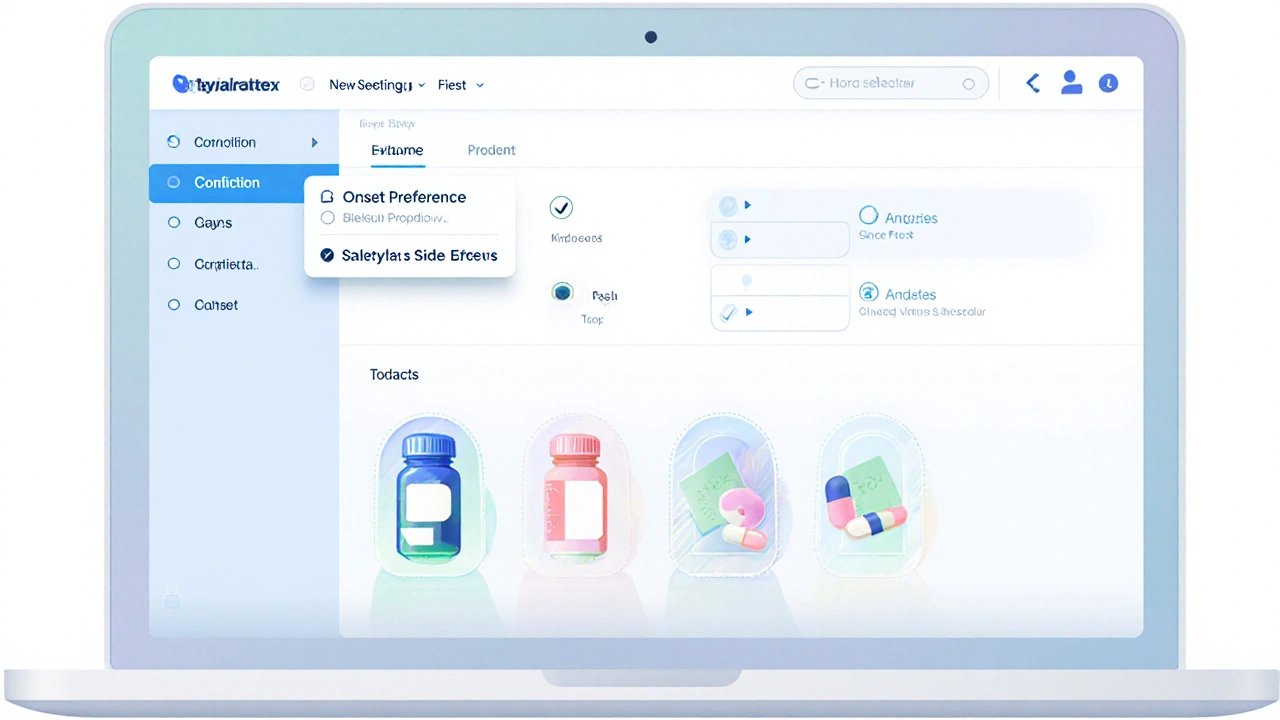Gastroparesis Medication: What Works and Why It Matters
When dealing with gastroparesis medication, drugs that help the stomach move food normally in people with delayed gastric emptying. Also known as prokinetic therapy, it’s a cornerstone for anyone whose stomach can’t pump properly.
Key Medication Classes and How They Fit Together
The most common class is prokinetic agents, drugs that stimulate stomach muscles to improve motility. Prokinetics include several well‑studied options. Metoclopramide, a dopamine antagonist that increases muscle contractions and also reduces nausea (often called Reglan) is usually the first line. Domperidone, another dopamine blocker with fewer central nervous side effects (known as Motilium) is a solid alternative when Metoclopramide isn’t tolerated.
Another route uses erythromycin, a macrolide antibiotic that also acts as a motilin receptor agonist (sometimes listed as macrolide prokinetic). It can jump‑start stomach emptying, especially for short‑term relief. Beyond drugs, dietary management, small, low‑fat meals and liquid nutrition supports medication effects and reduces symptoms like bloating and nausea. Together, these entities form a practical toolkit: prokinetics boost muscle action, erythromycin triggers hormonal pathways, and diet keeps the stomach from getting overloaded.
Choosing the right regimen means weighing benefits against side effects. Metoclopramide can cause tiredness or, rarely, movement disorders if used longer than three months. Domperidone’s main risk is heart rhythm changes, so a doctor may order an ECG before prescribing. Erythromycin may lead to abdominal cramps or antibiotic resistance if overused. Monitoring gastric emptying tests and symptom logs helps you and your clinician see what’s working. When you understand how each medication class influences stomach motility, you can tweak doses, swap agents, or combine them with diet tweaks for smoother results.
Below you’ll find a curated set of articles that break down each option, compare effectiveness, discuss dosing tricks, and share safety checklists. Whether you’re just starting treatment or looking for ways to fine‑tune an existing plan, the posts ahead give you practical steps to get your stomach back on track.

